With modernized Science, Technology, Engineering and Math (STEM) curricula becoming more available every year across the country, teachers, school districts and ESDs have new opportunities to explore innovative ways of teaching science and math topics in their classrooms.
OpenSciEd is an open source science curriculum available nationwide that is currently being piloted by seven STEM teachers at schools throughout ESD 112’s service area. The curriculum focuses on providing students in grades 6-8 with opportunities to learn about STEM concepts as they relate to real-life experiences through problem-based learning units. OpenSciEd instructional materials are research-based open education resources (OER) that adhere to Next Generation Science Standards and are designed to increase accessibility for all teachers and students.
Emily LeFrancq, a local pediatric nurse living in Woodland, painted a vivid picture of what it’s like to live without a stomach for seventh grade students at Battle Ground Public Schools’ Laurin Middle School. In 2018, LeFrancq learned that she has a genetic mutation that significantly increased her risk of developing life-threatening stomach cancer. As a preventative measure, she was given the option to have her stomach removed. She opted to go through with the procedure and is now adapting to life with an altered digestive system. She visited Laurin Middle School, at the invitation of seventh-grade science teacher Gregory Glascock, to share her story and respond to students’ questions.
“I saw Emily’s story on the local news and it just aligned so well with the digestion unit we’re working on right now,” said Glascock. “It turned out that we had a mutual friend, so I asked for an introduction, and Emily was thrilled at the opportunity to share her unique medical experience with our students.”
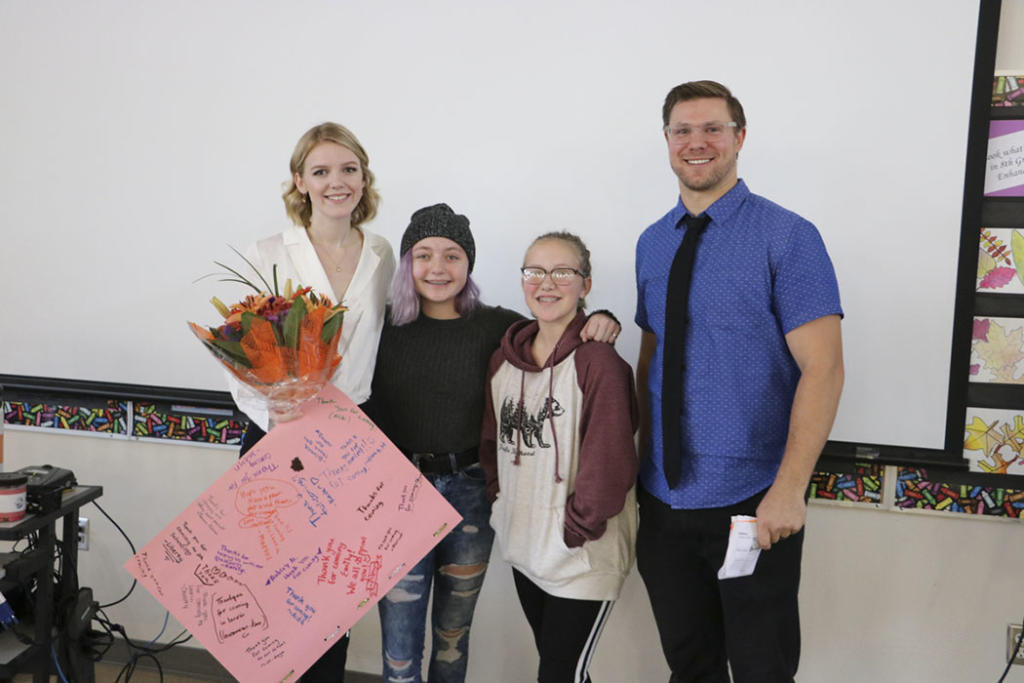
Emily LeFrancq, students and Mr. Gregory Glascock
The seventh graders at Laurin have been working on a metabolic reactions unit from the recently introduced OpenSciEd curriculum. Throughout the unit, students are presented with a case study of a real teenager named M’Kenna who is experiencing a number of mysterious digestive issues. Through a series of activities, they work as a class to try to figure out why M’Kenna’s digestive system might not be functioning normally. Hearing about LeFrancq’s condition made the OpenSciEd story come to life for Glascock’s students.
“I learned so much today and this is so cool,” said seventh grader Emerson VanDeWege. “Just learning from books in class isn’t as interesting and this feels a lot more real.”
The OpenSciEd pilot, currently in its second of three years in the ESD 112 region, provides opportunities for teachers to introduce their students to hands-on, real-world scenarios that help them learn and engage with STEM subjects at a higher level. Two ESD 112 teachers who are currently piloting the curriculum with their students have also been trained to be OpenSciEd facilitators, meaning they can support and train additional local teachers in incorporating these new STEM units in their classrooms. As the pilot progresses, ESD 112 is currently working on a plan to support even more teachers in the region who want to bring OpenSciEd to their classrooms as early as next school year.
ESD 112’s STEM program reached out to its Science Fellows and Science Leadership Network of local science teachers to form the OpenSciEd piloting cohort. The directive to develop a plan to pilot the curriculum came from Ellen Ebert, the Science, Environmental and Sustainability Director for Washington State’s Office of the Superintendent of Public Instruction. Teachers across the board, including Glascock, are reporting wide success of the students who have the opportunity to learn from this curriculum so far.
“The students are more engaged now with this kind of hands-on science curriculum,” said Glascock. “They’re more interactive and asking me the hard questions instead of waiting to be asked. It’s a privilege for me to be able to point them in the right direction and watch them take off at their own speed.”

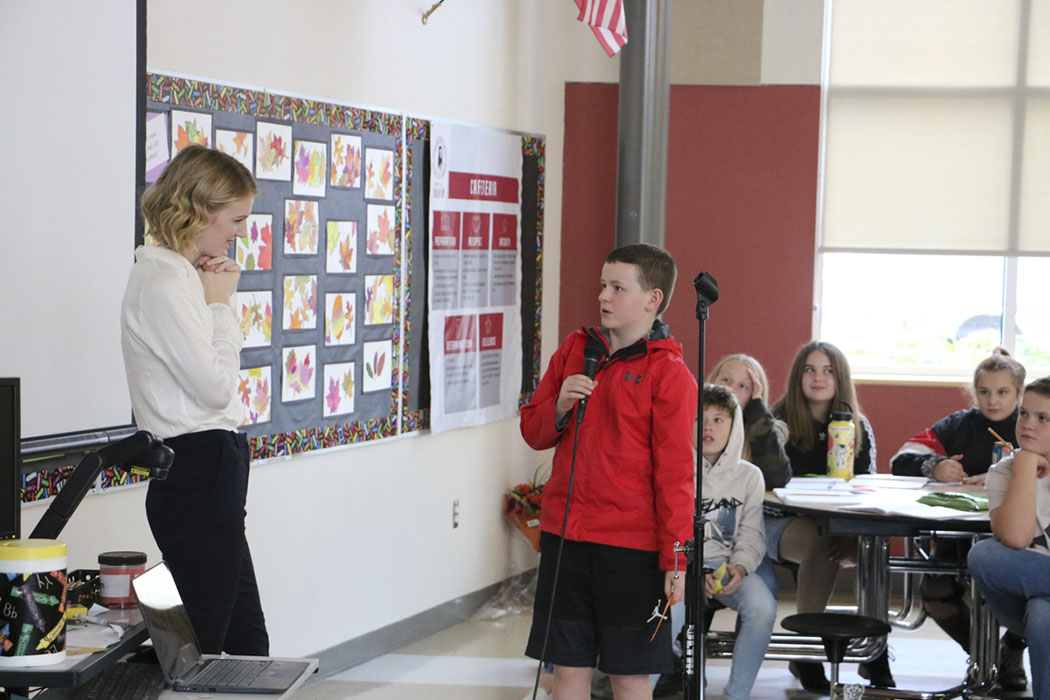
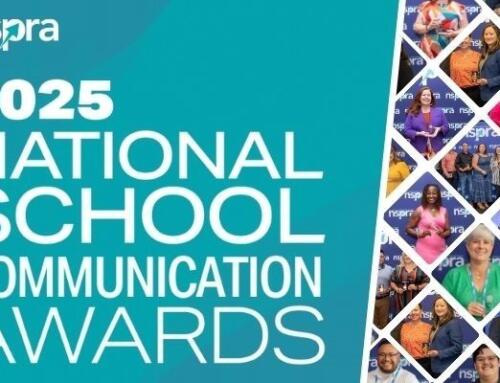
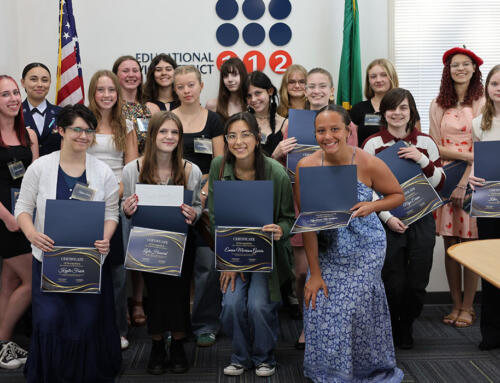
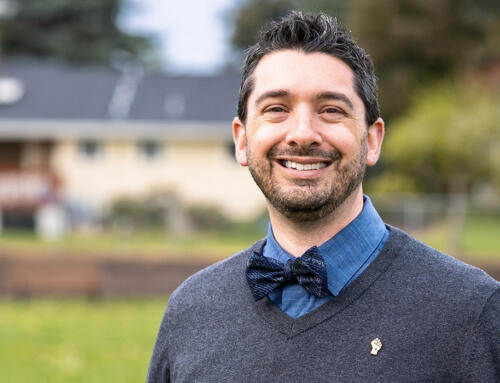
 ESD 112 equalizes educational opportunities for learning communities through innovative partnerships, responsive leadership, and exceptional programs.
ESD 112 equalizes educational opportunities for learning communities through innovative partnerships, responsive leadership, and exceptional programs.